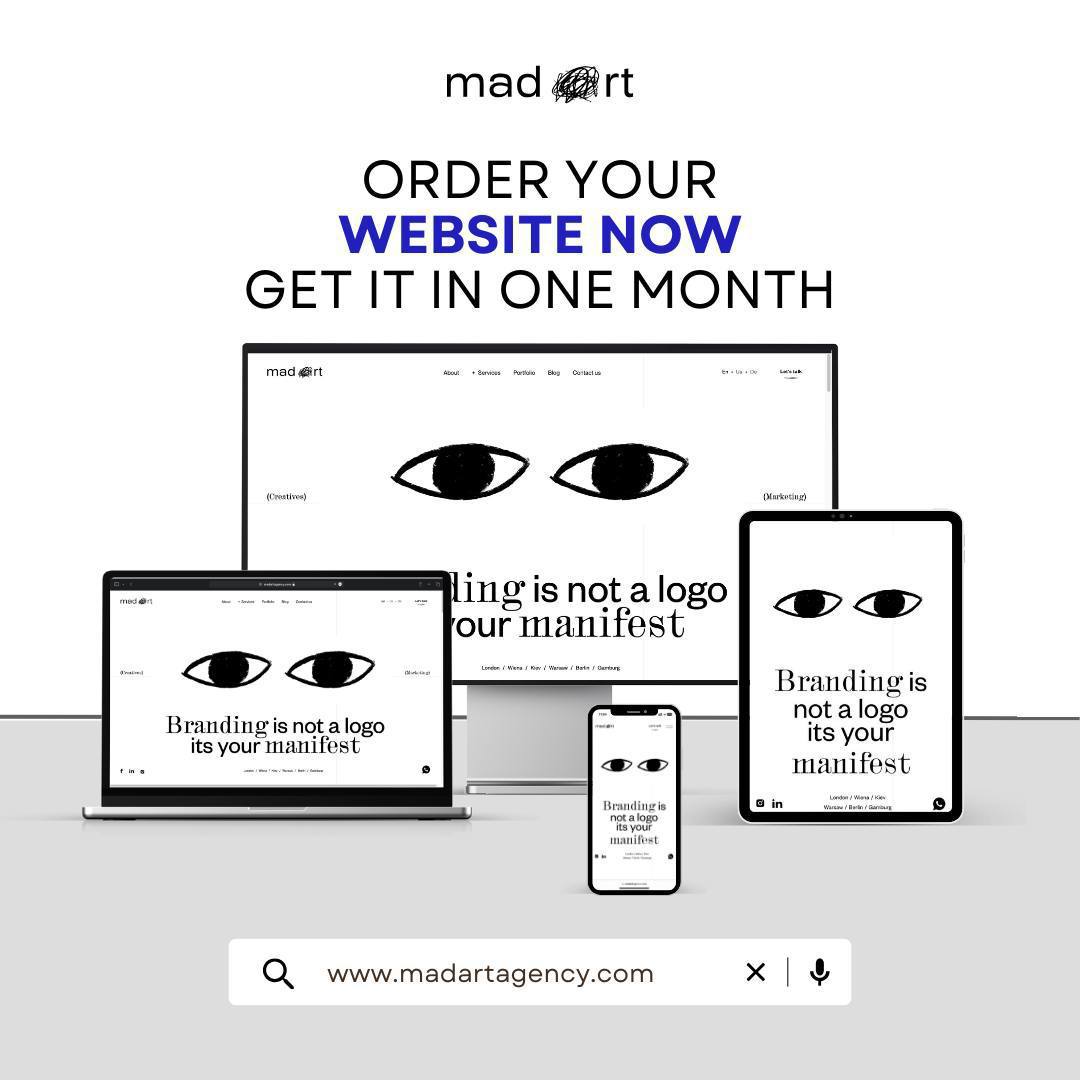Today, marketing is no longer about heralds shouting in the streets. It’s about building worlds that people want to be a part of.
We have crossed a threshold into a new era — one driven not by slogans, but by experiences.
What began as artistic experimentation has rapidly evolved into a vital tool for brand growth, audience engagement, and cultural relevance.
Over the past decade, I have been creating large-scale projects at the intersection of art, technology, and architecture:
600-square-meter holograms projected onto European skylines.
Sensorial parks capable of engaging entire cities in shared emotional states.
Immersive installations that blur the boundary between physical and digital worlds.
None of these were advertisements in the traditional sense.
Yet they have become some of the most powerful marketing assets our partners have ever deployed.
Here’s why immersive environments are redefining brand strategy — and why forward-thinking companies are making them a fundamental part of their marketing infrastructure:
1. Physical spaces become narratives.
Forget static metropolitan brand spaces. In immersive marketing, the space itself is the message.
We’ve transformed malls into living ecosystems, hotels into dreamscapes, and airports into temporary museums.
The goal isn’t just to decorate — it’s to create memorable experiences that people seek out, inhabit, and return to.
Example:
In Southeast Asia, a sensory media park we developed achieved a 30% increase in visitor frequency compared to traditional event programs — without a single dollar of additional advertising spend.
2. Engagement becomes organic and exponential.
You can buy impressions.
You can’t buy genuine emotional engagement.
Immersive experiences naturally generate organic reach because people want to share them, document them, and relive them.
Data Point:
One of our holographic installations was shared more than 1.5 million times on social media in its first two weeks — all without paid promotion.
3. New demographics naturally discover your brand.
Immersive art knows no age, culture, or background.
It draws in technologists, enthusiasts, families, travelers, creatives — people seeking experience rather than being sold a product.
In the process, they discover the brand at the heart of the experience.
Insight:
In a retail activation we conducted in Europe, 43% of participants had never interacted with the brand before engaging with the installation.
4. Brands transform from sponsors to cultural players.
When a brand supports a true cultural moment, it transcends sponsorship — it becomes an author of the experience.
You are no longer just present — you are part of the story that is lived, recorded, and remembered.
Example:
One heritage brand partnered with us to reimagine a public space through large-scale immersive installations.
The media positioned the brand not as a sponsor, but as a cultural innovator reshaping urban life.
5. Built-in media magnetism.
Journalists don’t write about banner ads.
They write about wonder, emotion, and public reactions.
Immersive installations create human-centered stories that naturally fuel media coverage.
Impact:
Following one of our light-based city installations, a partnering brand earned 54 media stories worldwide in just a month — none of them paid placements.
6. Long-tail effects outlast campaigns.
Advertising ends when budgets do.
Experiences — if crafted properly — echo.
They become part of local folklore, must-see destinations, and visual icons that circulate for months and even years.
Proof:
A landmark projection mapping project we delivered is still mentioned in cultural tourism materials three years after launch.
7. Emotional data, real KPIs.
Immersive marketing is not art for art’s sake.
We design measurable environments, tracking movement patterns, attention spans, content creation, and emotional engagement — linking them directly to KPIs such as footfall increases, dwell time, sales growth, and brand advocacy.
Snapshot:
27% increase in store traffic during immersive activations
19% boost in sales for adjacent services (cafés, shops)
78% positive sentiment in user-generated content
8. Cities aren’t just tolerating — they’re partnering.
Traditional advertising often clashes with city authorities.
Immersive spaces enrich public realms, boost tourism, and foster community pride.
Real-World Example:
In one European city, our partner brand was invited by the municipality to extend an installation because of its proven impact on local visitation and business activity.
9. This isn’t a campaign tactic — it’s an infrastructure strategy.
Leading brands now view immersive projects not as optional extras, but as essential, permanent touchpoints.
We’re designing living hubs — fluid ecosystems where virtual interaction, physical space, and brand narrative merge seamlessly.
10. It moves people. And that’s why it works.
Ultimately, all great marketing comes down to one thing: moving people.
Emotionally. Physically. Socially.
Immersive experiences surprise, delight, and embed brands into the fabric of lived human memory in ways traditional advertising simply can’t.
Bottom Line:
The most powerful message doesn’t need to be spoken.
It is lived.
In a world oversaturated with noise, the brands that create worlds will be the ones remembered, loved, and talked about.
At Mad Art Agency, we help brands create these worlds.
We fuse immersive technologies, artistic vision, and strategic thinking to craft experiences that don’t just promote products — they create cultural phenomena.
Because the future of marketing isn’t advertising.
It’s architecture for the imagination.
By Yevhen Brokhin (a.k.a. Jæk Bryö)





.jpg)



